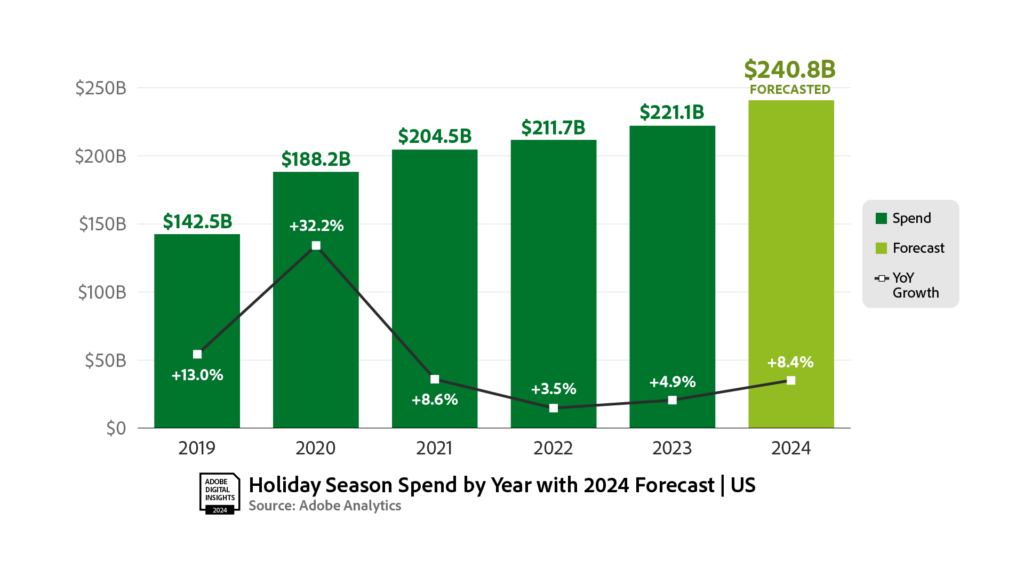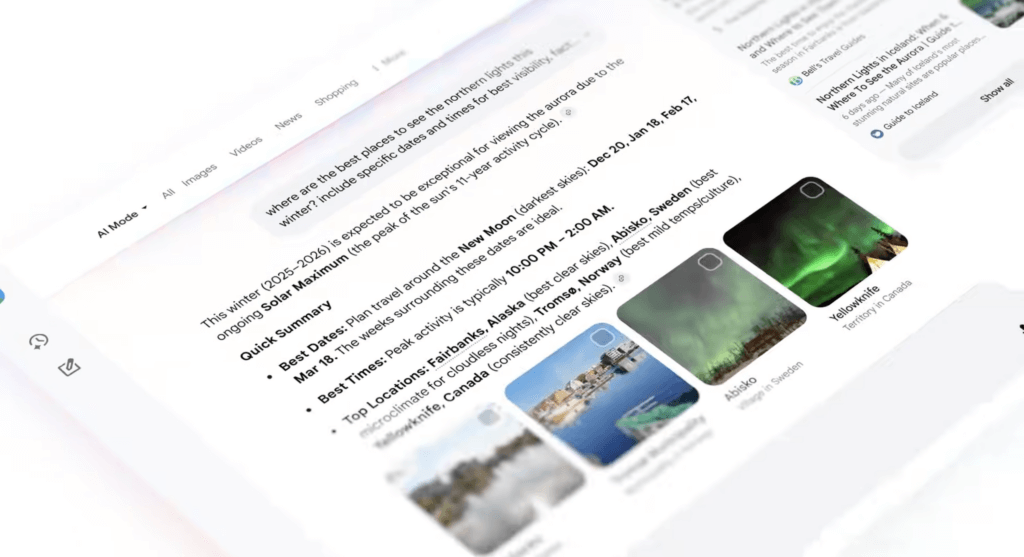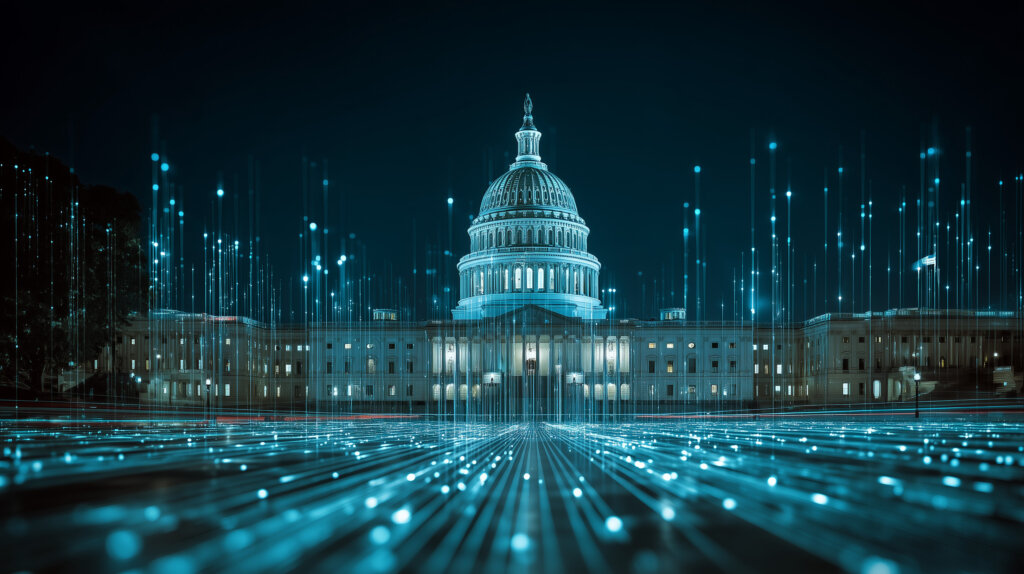As the 2024 U.S. presidential election heats up and Black Friday/Cyber Monday (BFCM) deals edge closer, it’s clear that a cross-channel strategy is essential. While these topics may seem unrelated, each reveals how comprehensive influence can change outcomes, whether by votes or sales.
The Power of Influence in the Presidential Election
This election season has emphasized the need for omnichannel engagement. Voters no longer get their information solely from debates or speeches but through social media, streaming platforms, digital news, and even memes. For example, a 2024 Pew Research study found that 54% of Americans now get at least part of their political news from social media. And younger generations, especially Gen Z, rely almost exclusively on digital channels for news and information on candidates and policies.

Take former President Barack Obama’s campaigns in 2008 and 2012 as early examples of this shift. His teams pioneered using social media, especially platforms like Facebook and Twitter, to engage younger audiences and mobilize a digital-savvy base. Today, the stakes are even higher. In the current race, candidates are leveraging TikTok, YouTube Shorts, Instagram Reels, and live streams to connect directly with voters. This is not just about delivering speeches but engaging in a two-way conversation that feels personal and accessible.
For candidates, it’s clear: a single-channel approach is limiting. By focusing on a cross-channel approach, candidates reach larger, more diverse audiences. They also engage them more deeply, translating online interactions into offline actions like attending rallies, volunteering, or ultimately voting.
The Black Friday/Cyber Monday Influence Machine
In retail, the challenge to drive influence is just as critical—and lucrative. According to Adobe Analytics’ Online Shopping Forecast for the 2024 holiday season, Black Friday is on track to set records with $240.8 billion in online sales, up 8.4% from the previous year. Shopping on mobile is expected to hit a new record also, contributing $128.1 billion and growing 12.8% over last year, which reiterates staying power of the social commerce shopping boom and a majority share (53.2%) of all online shopping. But as online shopping options proliferate, the competition for consumer attention grows fiercer each year.

Retailers have found that connecting with customers across all channels is crucial to standing out. Even back in 2022, Walmart and Target capitalized on an omnichannel strategy by synchronizing their BFCM campaigns across email marketing, social media, mobile apps, and physical stores. They used interactive live shopping experiences, showcasing their deals in real-time on social platforms like Instagram Live and YouTube. Now, two years later, TikTok Shops are in full swing, Meta remains strong, and Snapchat is getting into the mix again – both for brands and retailers.
The payoff of such cross-channel campaigns is clear: each touchpoint strengthens the shopper’s journey, helping them discover, research, and purchase products with minimal friction. This year, retailers are set to push the envelope even further, with brands investing in AI to provide personalized shopping experiences and rolling out more engaging social commerce experiences.
The importance of influence across channels is backed by data as well. Salesforce reports that consumers use an average of nine channels to interact with brands, underscoring that single-channel campaigns can’t meet customer expectations in the modern digital landscape.
Practical Strategies to Drive Influence Across Channels
Whether a presidential candidate or a major retailer, there are a few critical aspects to command:
- Strategic Narratives: Develop an overarching story that connects your brand or campaign to a larger purpose, giving people a reason to care. For political campaigns, this might mean framing a candidate as a unifier with a compelling vision for the country’s future. For retailers, it could involve creating a narrative that appeals to shared values, such as sustainability or community support. When each channel tells a piece of this strategic story, it strengthens your brand identity, resonates emotionally with the audience, and builds trust.
- Personalized Creative: Use data to tailor messages to the audience on each platform. Personalized content on social media, email, or targeted ads can engage different segments more effectively, be they swing-state voters or price-conscious holiday shoppers.
- Data-Driven Insights: Regularly analyze performance data to gauge which channels drive the most engagement and adjust your strategy accordingly. For example, retail brands might increase paid ad spend on the platforms generating the most website traffic and conversions.
- Influencer Partnerships: Both campaigns and brands can leverage trusted influencers to expand their reach. Political campaigns, for example, use endorsements to gain credibility, while brands partner with influencers who align with their audience’s interests and values.
Looking Ahead
The power of cross-channel influence is not a passing trend; it’s the future of how brands and leaders communicate. Those who embrace a cohesive, multifaceted approach—meeting people where they are with relevant, resonant messaging—are the ones who will drive loyalty, trust, and action.
As we watch the 2024 election unfold and prepare for another record-breaking Black Friday/Cyber Monday, one thing is certain: the power of influence across all channels is a winning strategy.







